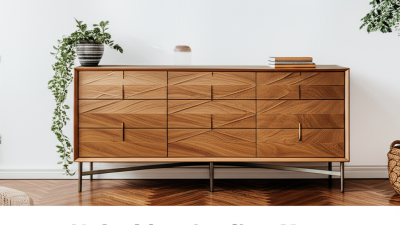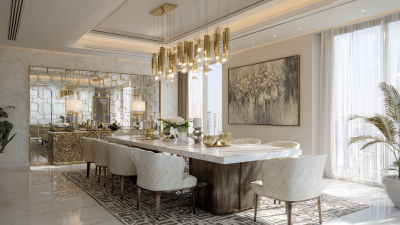In recent years, the focus on sustainability has permeated every aspect of our lives, and home decor is no exception. As more individuals seek to transform their living spaces into stylish yet eco-friendly environments, the demands for innovative decor solutions grow ever stronger.
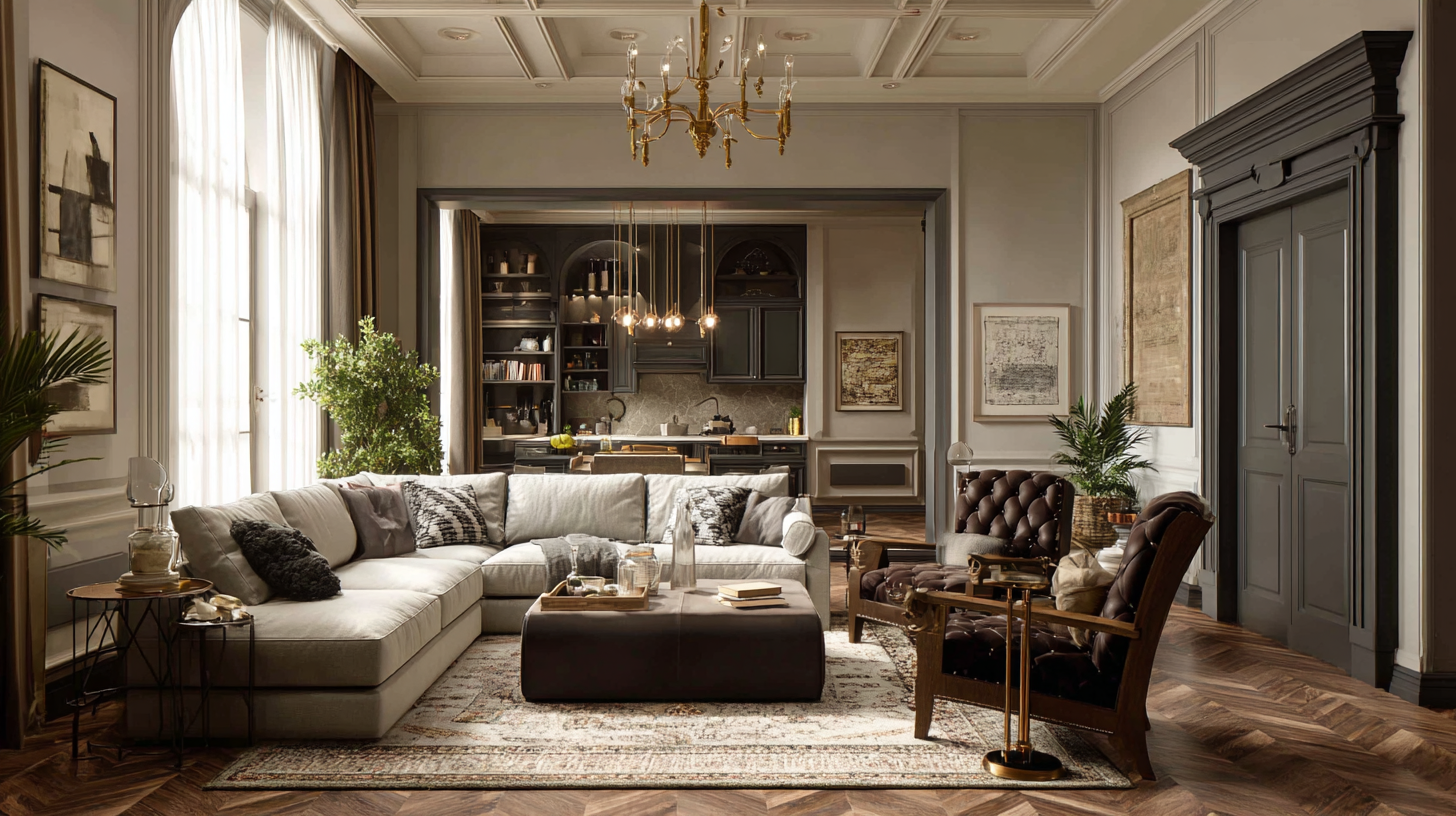
This blog post will explore various "how to" approaches for creating sustainable home decor that doesn’t compromise on aesthetics. From selecting environmentally responsible materials to incorporating timeless design principles, we'll provide insights and trends that inspire you to rethink your interior spaces.
Whether you're redecorating a single room or your entire home, embracing sustainable practices in home decor can lead to a healthier planet and a more stylish living space. Join us as we delve into practical tips and creative ideas that will help you harmonize style with sustainability in your home decor journey.
In today’s world, embracing eco-friendly materials for home decor has become more than just a trend—it’s a necessity. According to the Green Building Council, buildings contribute to 39% of carbon emissions in the U.S., making sustainable design choices critical in combating climate change. Homeowners are increasingly opting for materials such as bamboo, reclaimed wood, and recycled metal, which not only reduce environmental impact but also add a unique aesthetic to living spaces. The Global Eco-Friendly Home Products Market is projected to reach USD 1 trillion by 2027, highlighting a significant shift towards sustainable living.
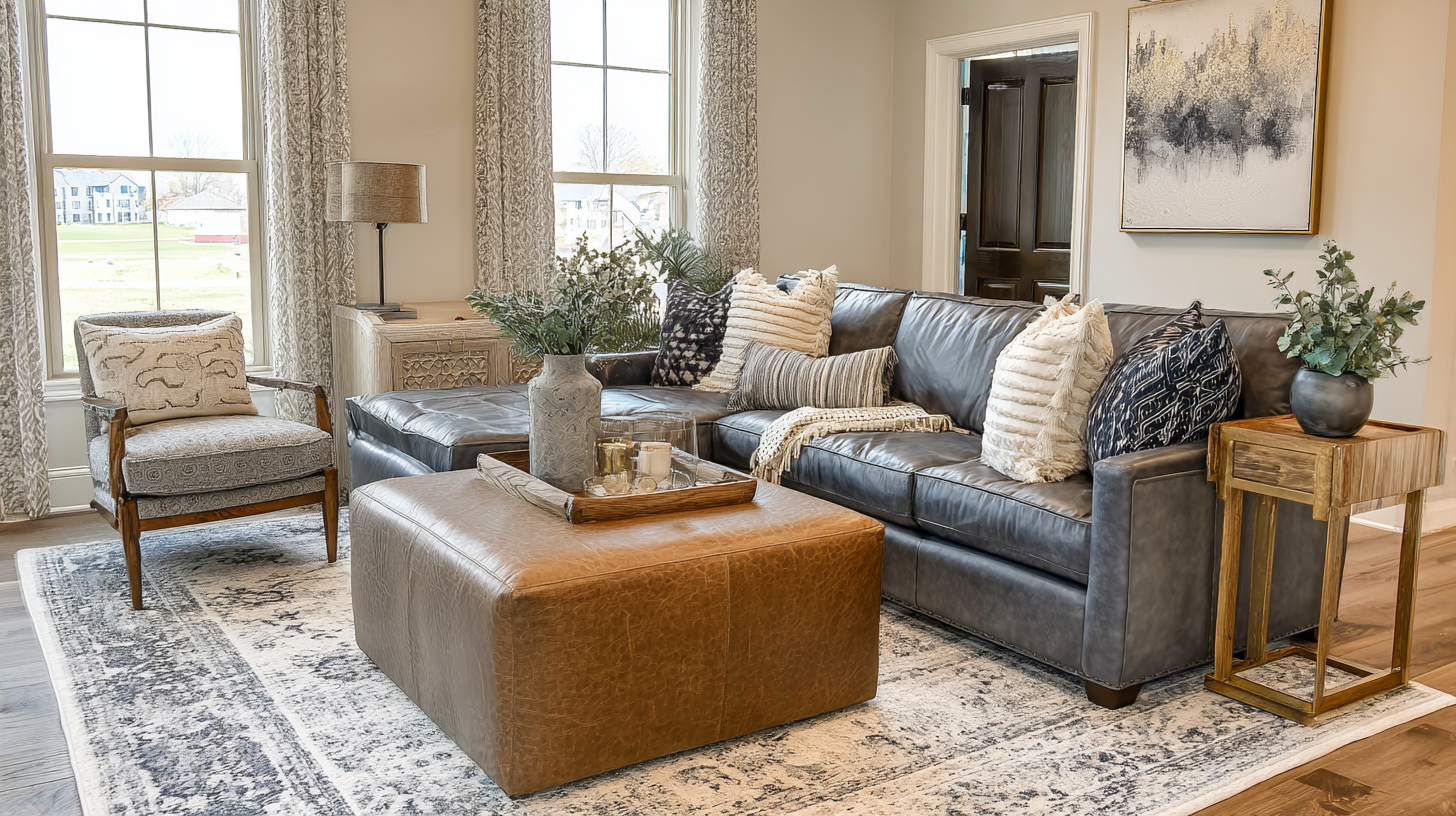
One popular choice among eco-conscious consumers is organic textiles, which utilize natural fibers without harmful chemicals. A report by the Organic Trade Association found that sales of organic textiles have surged by 20% over the past four years. These fabrics are not only better for the planet but also contribute to healthier indoor air quality, a significant benefit for occupants. Moreover, by incorporating biodegradable materials and energy-efficient designs, homeowners can create elegant environments that reflect their commitment to sustainability while enjoying the comfort and style they deserve.
Innovative upcycling techniques are revolutionizing the way we approach home decor, merging sustainability with style. As the global 3D printing accessories market is projected to grow from approximately $1.97 billion in 2025 to over $5.16 billion by 2032, this technological advancement provides a unique avenue for creating customized and eco-friendly decor elements. The compound annual growth rate (CAGR) of 14.77% reflects a growing consumer interest in sustainable solutions that not only beautify living spaces but also reduce environmental impact.
Moreover, the push toward sustainable home decor is strengthened by innovations such as zero-formaldehyde boards introduced in new product lines, promoting the trend of green living. With expert insights highlighting how to blend aesthetic appeal with environmental consciousness, there's an increasing demand for sustainable materials and design practices within the industry. As more consumers look for ways to minimize waste and maximize style, upcycling methods will likely dominate the discourse on modern interior design, transforming discarded items into beautiful, functional pieces that tell a story.
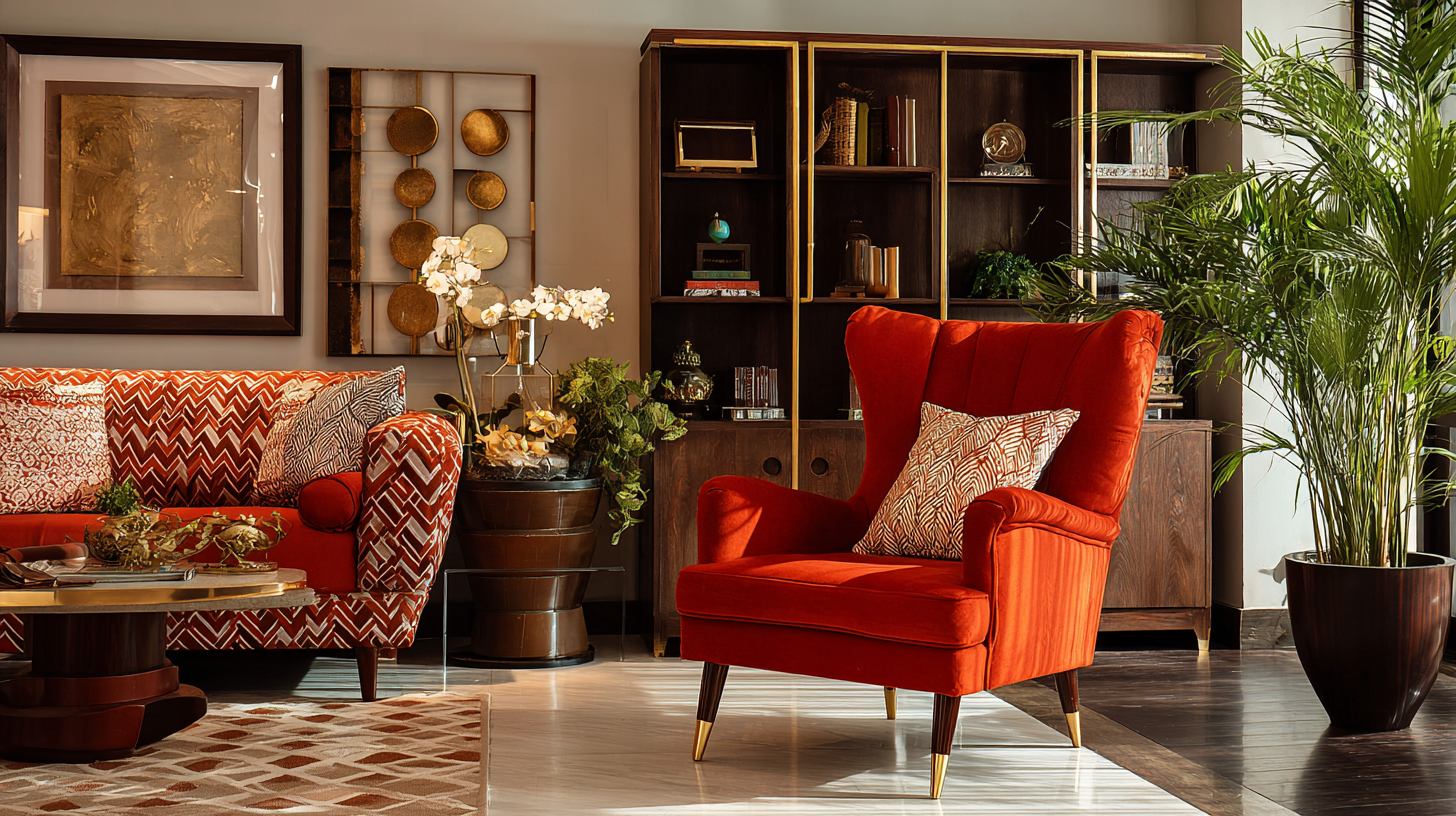
In today's environmentally conscious world, incorporating stylish low-impact lighting solutions into your home decor not only enhances aesthetics but also promotes sustainability. LED fixtures, for instance, are a fantastic choice for modern living spaces as they consume significantly less energy than traditional bulbs while offering a wide range of designs. From sleek pendant lights to contemporary floor lamps, LED options can illuminate your home beautifully without compromising on style.
When selecting lighting, consider solar-powered options for outdoor areas. These fixtures harness sunlight during the day and provide warm illumination at night, creating an inviting atmosphere while reducing electricity use. Another tip is to layer your lighting: combine ambient, task, and accent lighting to create a comfortable and stylish environment. Use dimmers to adjust the brightness according to the time of day, helping to save energy while allowing for a cozy setting.
Lastly, don’t forget about the materials. Opt for fixtures made from recycled or sustainable materials, such as bamboo or reclaimed wood, to add a unique touch to your decor. Such choices not only contribute to a greener planet but also offer stories and textures that enrich your living space.
In recent years, biophilic design has emerged as a vital approach to enhancing well-being within our living spaces. This design philosophy draws inspiration from nature, aiming to create a harmonious connection between interiors and the natural environment. Incorporating elements like natural light, greenery, and organic materials can transform a regular home into a sanctuary that fosters relaxation and promotes mental health. By introducing indoor plants, natural wood finishes, and maximizing window space, homeowners can cultivate an atmosphere that energizes and rejuvenates.
Moreover, the integration of biophilic elements isn’t just about aesthetics; it's also about creating functional spaces that encourage a healthier lifestyle. Features such as water installations, living walls, and the use of earthy colors help to lower stress levels and enhance mood. Incorporating these principles into home décor not only makes spaces more visually appealing but also supports a sustainable lifestyle, as many biophilic solutions encourage the use of eco-friendly materials. As we continue to explore the intricate relationship between nature and design, it's clear that embracing biophilic principles can lead to homes that are not only stylish but also nurturing to our overall well-being.
This bar chart illustrates the increasing preference for various sustainable home decor solutions that incorporate biophilic design principles over the past five years. The data shows the percentage of homeowners prioritizing these elements in their living spaces.
When it comes to sourcing sustainable furnishings and decor accessories, the key is to prioritize materials and practices that benefit both your home and the environment. Start by seeking out products made from reclaimed or upcycled materials. Furniture crafted from salvaged wood not only boasts unique character but also reduces the demand for new resources. Look for local artisans who use sustainable practices—this not only supports your community but often results in one-of-a-kind pieces that add a personal touch to your space.
Another crucial aspect of sustainable decor is the use of eco-friendly textiles. Opt for fabrics made from organic cotton, linen, or hemp, as these materials are cultivated without harmful chemicals. Additionally, consider purchasing items from brands committed to ethical production and fair labor practices. Incorporating indoor plants can also enhance your decor while purifying the air; choose species that are low-maintenance and thrive in your living space. By making mindful choices, you can effortlessly create a stylish yet sustainable home that reflects your values.
| Dimension | Details |
|---|---|
| Sustainable Materials | Bamboo, Recycled Metal, Organic Cotton, Cork |
| Color Trends | Earthy Tones, Soft Greens, Warm Neutrals |
| Decor Accessories | Upcycled Art, Handmade Ceramics, Vintage Finds |
| Furniture Styles | Minimalist, Scandinavian, Bohemian |
| Plant Options | Air Plants, Succulents, Native Plants |
| Sourcing Tips | Local Artisans, Thrift Stores, Eco-Friendly Retailers |

